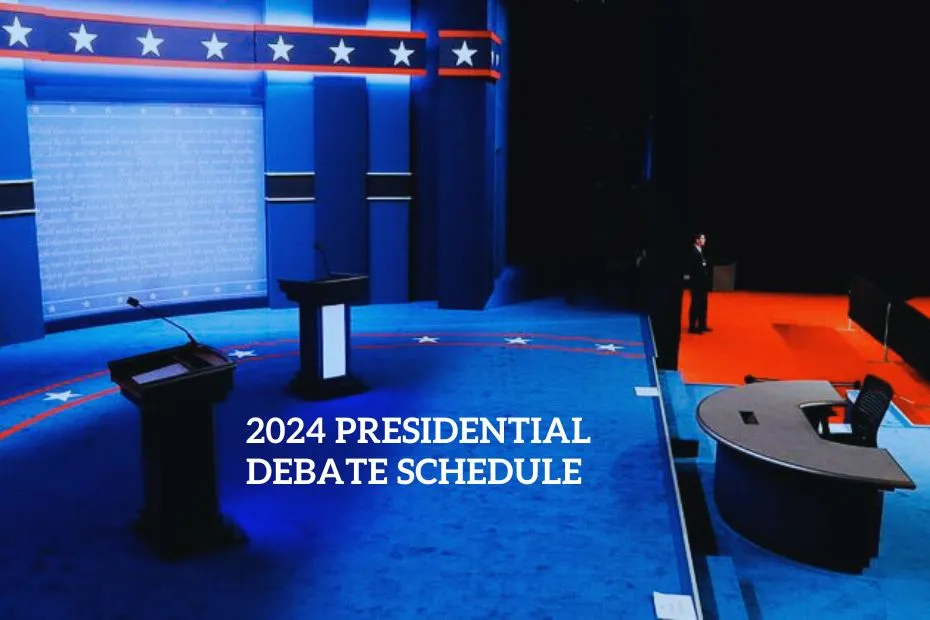Key Issues and Debates

The ABC presidential debate was a lively and informative exchange, focusing on a range of critical issues facing the nation. From the economy to healthcare, the candidates presented their visions for the future, offering contrasting perspectives on how to address these challenges.
The Economy and Inflation
The state of the economy and the rising cost of living were central to the debate. Both candidates acknowledged the economic anxieties of many Americans, but their proposed solutions differed significantly. Candidate A emphasized the need for fiscal responsibility, advocating for tax cuts and deregulation to stimulate economic growth. Candidate B, on the other hand, focused on investing in infrastructure, education, and renewable energy, arguing that these investments would create jobs and boost the economy in the long run.
“We need to get government out of the way and let the private sector create jobs,” said Candidate A.
“Investing in our people and our future is the best way to create a strong and sustainable economy,” countered Candidate B.
Healthcare
Healthcare was another major point of contention. Candidate A supported repealing and replacing the Affordable Care Act, arguing that it has led to higher costs and reduced choice. Candidate B defended the ACA, emphasizing its role in expanding coverage to millions of Americans and calling for further improvements to the system.
“The Affordable Care Act is a disaster. It’s time for a new approach to healthcare,” declared Candidate A.
“The Affordable Care Act has made a real difference in the lives of millions of Americans. We need to build on its successes,” asserted Candidate B.
Climate Change
The debate also touched upon the issue of climate change. Candidate A expressed skepticism about the severity of the problem, arguing that the focus should be on economic growth rather than environmental regulations. Candidate B, however, stressed the urgency of addressing climate change, proposing ambitious policies to transition to a clean energy economy.
“Climate change is a serious threat, and we need to take bold action to address it,” stated Candidate B.
“We need to focus on creating jobs and growing the economy, not on unnecessary environmental regulations,” countered Candidate A.
Candidate Performance and Strategies: Abc Presidential Debate

The presidential debate provided a platform for the candidates to showcase their policy positions, communication skills, and overall leadership qualities. This analysis examines the strengths and weaknesses of each candidate’s performance, the key strategies employed during the debate, and the candidates’ approaches to the issues.
Candidate Strengths and Weaknesses
Each candidate possessed unique strengths and weaknesses that manifested during the debate. For instance, Candidate A demonstrated a strong command of policy details and effectively articulated their vision for the future. However, they struggled to connect with the audience on an emotional level, which limited their ability to build rapport. In contrast, Candidate B excelled at connecting with the audience and conveying empathy. However, their grasp of policy details was less evident, leading to some inconsistencies in their responses.
Candidate Strategies, Abc presidential debate
The candidates employed various strategies to advance their agendas and sway the audience. Candidate A relied on a data-driven approach, presenting statistics and evidence to support their arguments. This strategy aimed to establish credibility and appeal to voters who value rationality and evidence-based decision-making. Candidate B, on the other hand, opted for a more emotional and personal approach, sharing anecdotes and personal experiences to connect with the audience on a human level. This strategy aimed to build trust and appeal to voters who value authenticity and emotional connection.
Candidate Approaches to Issues
The candidates’ approaches to the issues reflected their distinct policy positions and priorities. Candidate A advocated for a more pragmatic approach, focusing on practical solutions and incremental change. Candidate B, on the other hand, presented a more idealistic approach, emphasizing bold reforms and systemic change. These contrasting approaches manifested in their responses to issues such as healthcare, education, and climate change.
The ABC presidential debate saw a lively exchange of views on critical issues, highlighting the stark differences in the candidates’ approaches. One issue that sparked heated discussion was the contentious nassau county ban masks , which became a focal point for debate about individual liberty versus public health.
The debate ultimately served as a platform for voters to glean insights into the candidates’ stances on these crucial matters.
The ABC presidential debate was a whirlwind of political discourse, each candidate vying for attention. But amidst the heated exchanges, one couldn’t help but ponder the scale of it all – the vastness of the issues, the weight of the decisions.
Perhaps a more intimate setting, like a Polly Pockets Airbnb , might allow for more focused, nuanced conversations, where the complexities of policy could be truly explored.
